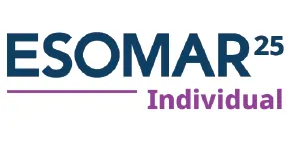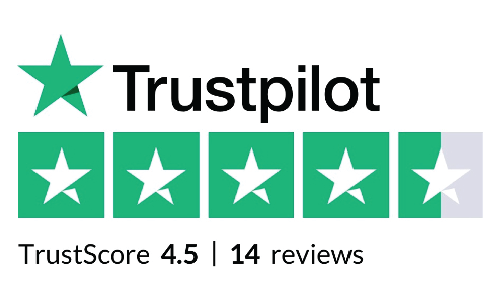
With a myriad of businesses happening every day, the first thing to keep from losing in the competition is efficiency. Businesses are on a never-ending quest to find ways to create efficiencies and reduce expenses. A particular comes as a rescue in such scenarios—SaaS-based LMS. It is a cost-effective, time-efficient solution that revolutionizes training. This system can change the way businesses train and save a lot of time and money.
Optimized Training Costs
Traditional training can cost a lot of money. It can get expensive pretty quickly — hiring trainers, printing materials, you name it. However, SaaS-based LMS platforms cut down these costs, as the training is delivered over the Internet. This approach also utilizes digital methods that eliminate the requirement of physical resources, significantly reducing overhead costs. In addition, any learning management system for SaaS provides subscription-based pricing, so businesses only have to pay for what they have used. With great flexibility attached to the training, it can easily be done within a budget while also providing a great experience.
Simplified Learning Procedures
Reducing training time by making learning processes more efficient, SaaS (Software as a Service)—based LMS platforms provide simple interfaces that allow employees to access training anytime and anywhere. This convenience fosters flexibility, giving learners the option to finish courses on their own time. Moreover, automated assessments and progress tracking help ensure that the learners are on track with their learning process and, thus, reduce the necessity of continuous intervention.
Targeted Training Customization
Every organization has different basic training needs. There is such a demand for it that if you are using SaaS-based LMS platforms, they offer content that is tailor-made for those business objectives. These systems enable individual training modules for newly inducted employees to enhance their skills. Such customization is important to keep training in line with organizational goals, resulting in better learning outcomes. Time is saved as employees develop skills faster through targeted content.
Improved Collaboration and Communication
Collaboration is one of the success factors in a globalized business environment. With the SaaS-based LMS platforms, employees can communicate with each other from any corner of the world. Learners can exchange ideas and collaborate on projects using discussion forums and chat functions. This sets a collaborative tone for the environment and helps create a community that promotes learning. Enhanced communication leads to fewer misunderstandings, consequently saving time and resources and cementing team cohesion.
Real-Time Data and Analytics
To train effectively, it is important to know what is improved and what is not. Data analytics are also part and parcel of a SaaS-based LMS system, which means your abstraction layer provides you with data analytics in real time, which means you can understand the performance of your learners. With courses, businesses can measure completion rates, quiz results, and engagement metrics. This data-driven process and analysis allows organizations to determine their best training strategies. By identifying the strengths and weaknesses, businesses can focus on optimizing their training programs, saving time and resources.
Scalability and Flexibility
Training needs to change as the business scales. Their growth may outpace traditional methods of training. On the other hand, LMS platforms offered in the cloud have unlimited scalability, which means that as the user base grows, a SaaS-based LMS can handle the increase without much hassle. With this flexibility, training programs can stay relevant even when organizational needs change. In addition, LMS platforms usually allow for different kinds of content, such as videos, quizzes, and interactive modules.
Security and Compliance
Security and compliance have become the biggest concerns for businesses in the modern digital world. SaaS-based LMS platforms are designed with data security in mind, featuring advanced encryption and authentication protocols. These systems protect sensitive information, thus giving every business peace of mind. Also, most of them allow organizations to comply with industry regulations and provide features such as certification tracking and reporting.
Conclusion
SaaS-based LMS equips organizations with a significant ability- particularly improving training techniques. These platforms offer concrete benefits beyond just cost savings by simplifying learning and improving collaboration. Continuous analytics and personalization maintain the relevance and efficacy of the training. A SaaS-based LMS is a strategic plan for efficiency and success with ever-growing changes in the business environment.
Disclaimer: This post was provided by a guest contributor. Coherent Market Insights does not endorse any products or services mentioned unless explicitly stated.





